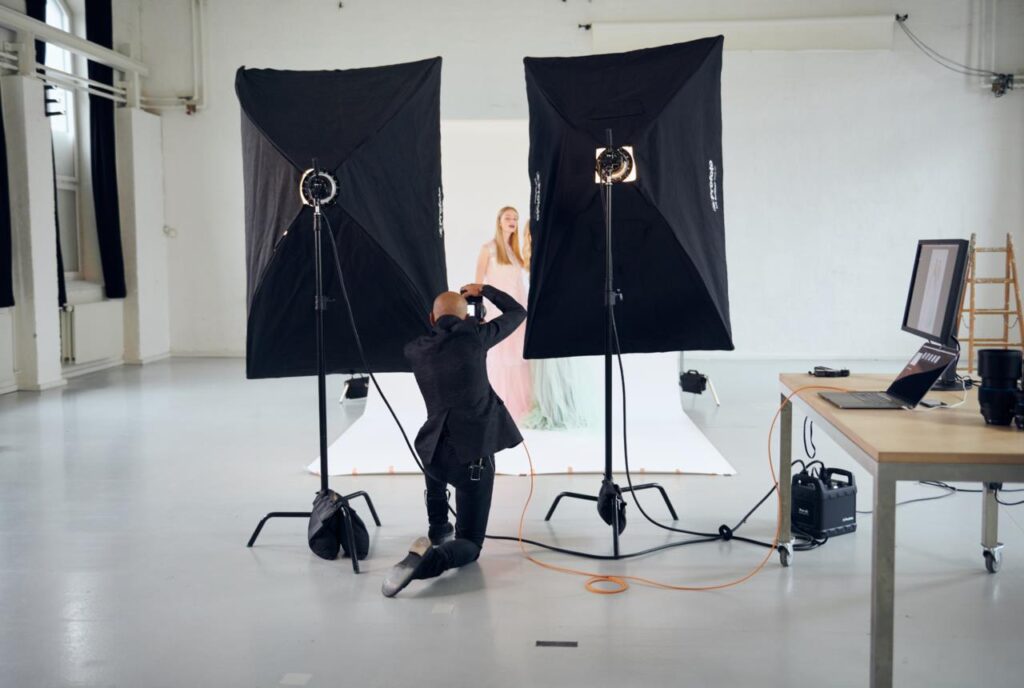The role of light in photography industry

Using light in photography is as important as mastering composition. Especially in advertising photography, you should note that it is the light that determines which photo is good and which one is among the best. Advertising photography of food and advertising photography of clothing also benefit from adequate knowledge of light. In fact, light is the main means of photography, and a photographer must know the various qualities of light and take photographs based on his knowledge.
Types of light in photography
In general, lights are divided into the following two categories based on the type of source:
- Natural Light: The lights created by natural elements such as the sun are called natural light. One of the most important advantages of natural lights is the spread of light in the environment; therefore, you can easily photograph different subjects in nature without using special equipment. Among the widely used tools for outdoor photography with natural light, we can mention reflector and diffuser. With the help of these tools, it is possible to change the direction of radiation and also reduce the light intensity for photographers. If natural light is controlled, attractive and high-quality photos can be recorded.
- Artificial Light: Artificial lights are another type of light created by various types of light flashes such as studio, external, portable, etc. Artificial lights are more adjustable and controllable than natural lights and can be used in different time and place conditions. According to the type and characteristics of the artificial light source, the quality, power, radiation angle and color of the light are also different.
There are also other divisions from other perspectives, which are mentioned below:
- Direct light: sunlight, flash light, studio lamp light, etc.
- Indirect light radiation: lights created in the shadow, light passing through window or building glass, light reflected from smooth and polished surfaces.
What factors affect exposure?
In addition to the factors of brightness and brightness, there are other factors that should be evaluated. We will share with you a summary of the most important factors in the rest of the article:
- Film speed (sensitivity): The first thing a photographer must do before metering is to make sure the ASA sensitivity of the film loaded in the camera is equal to the camera’s film sensitivity.
- Camera movement: During exposure, to ensure that the image is not blurred due to sudden camera movement, it is better to shoot with the slowest speed recommended for hand-held camera photography (1.125 seconds).
- Subject depth: The extent of the sharpened area in the image depends on the aperture of the lens. The narrower the aperture, the deeper the sharp image area
- Subject movement: If we are going to photograph a moving subject, we have to freeze the movement in the film, so to speak. For this, the shutter speed needs to be higher than the object’s movement speed.
- Subject color: Contrary to what may seem normal at first, light colored subjects should receive a bit more light and dark colored subjects should be given less light.
- Subject Distance: The f-number is calculated based on the distance between the lens and the film when the lens is focused at infinity.



